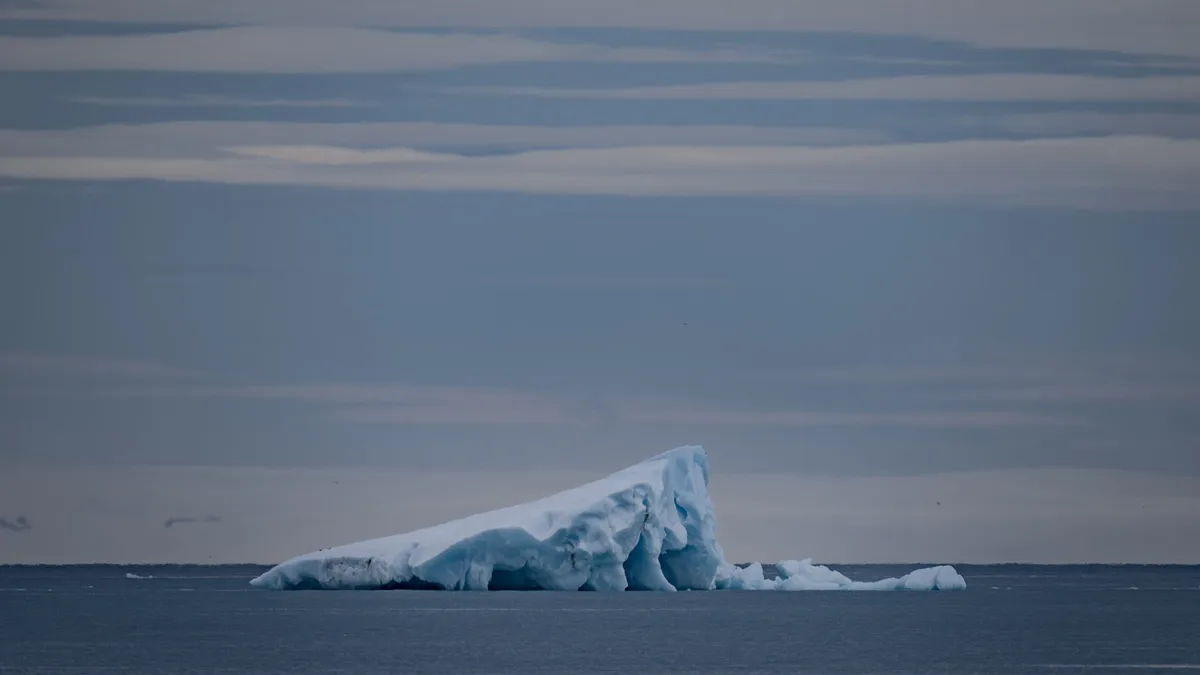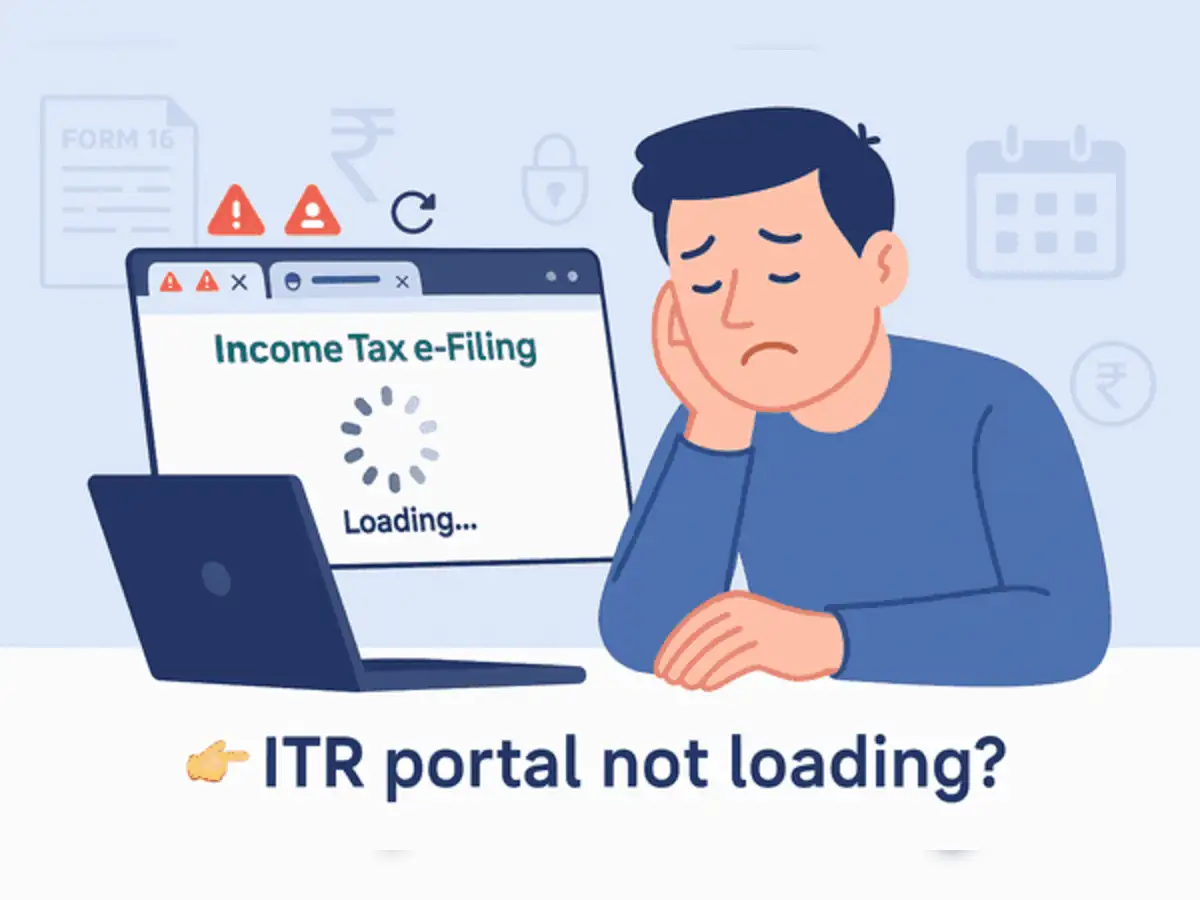By Martina Sapio
Copyright politico

That this experiment is even possible is thanks to climate change. “These changes are happening quicker than anyone expected, even five or 10 years ago,” Humpert said.
“Ten years ago, everyone thought that before 2040 or 2050, we would not see container shipping in the Arctic. And here we are in 2025, and the Chinese are doing it,” he added. “Do they make money? It doesn’t really matter … it’s about gaining the knowledge, understanding how to do it. That’s what the Chinese are doing — they’re gaining the experience and training the shipping crews.”
But there might also be a more immediate prize for the voyage — getting to Europe ahead of the rush of other Chinese shippers.
“All the Chinese Christmas stuff that we buy in Europe gets shipped from China at the end of September,” Humpert said. “Normally it takes 40 to 50 days, so it arrives in Rotterdam in early to mid-November. But everything arrives at once, creating traffic jams. Big ships can wait one or two weeks before they get into Rotterdam or Hamburg. By going through the Arctic, this ship will arrive three to four weeks earlier, when the ports are empty.”
If the trip works, it could also have implications for Europe’s car sector. “For containers, you need a string of stops — one port after another. Maybe that works for 10 percent of container shipping, maybe only 1 percent. No one really knows,” Humpert said. “But cars are different. You load 10,000 electric vehicles in China, and you offload 10,000 in Rotterdam or Hamburg. No in-between stops. That’s an area we may be seeing in 10 or 15 years.”
Risky route
But the opportunity comes with heavy risk. The Arctic is warming three to four times faster than the rest of the planet. Less ice may make passage easier, but it also magnifies the damage when things go wrong.



